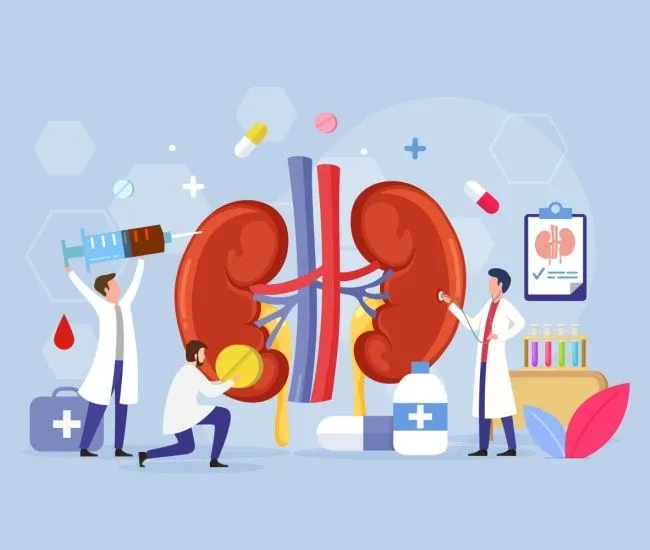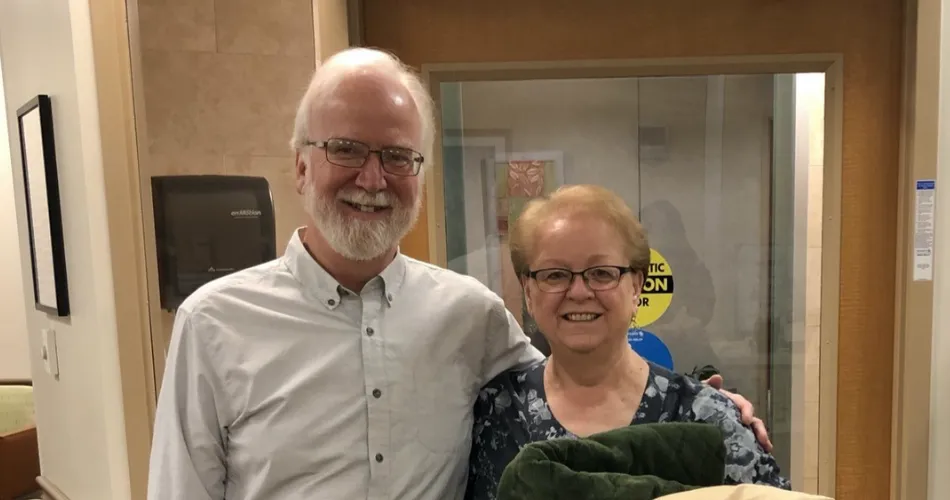ASH 2017: Case Studies Provide Little Consensus in Many Myeloma Situations

A panel of myeloma experts chaired by Dr. Brian Durie presented case studies in an attempt to achieve consensus on treatment options. After providing profiles of specific patients they put options of approved treatments up on screen and asked the hundreds of doctors (myeloma specialists, hematologists and oncologists) present to vote on their choices. Results were quite varied, with about half the respondents picking one treatment, while the other half were split among the other 4-5 choices. After defending their picks, and providing data for support the experts asked the attendees to vote again, to see what changes they had made made. Surprisingly, consensus was still not reached. In one case, the attendees even moved further from the choice put forward by the experts on the panel. There was, however, strong agreement by both the panel and attendees in selecting cyclophosphamide in treating a patient with renal failure (high Creatinine levels). In each study, there were only 1-4% of respondents who were undecided. So oncologists had no problem making decisions about treatment, but were not focused on the body of data and study results, apparently. There were several key points brought out by the panel in the discussions, including:
- MRD of 10 to the minus 6 was the level that was most effective in providing progression-free survival;
- MRD negativity can be used as a surrogate for progression free survival and overall survival;
- MRD is useful in comparing treatment options;
- According to the Spanish Group, the preferred method to measure MRD is with Next Generation Flow (NGF) although other doctors prefer the Next Generation Sequencing method;
- Carfilzomib was not recommended for use in the elderly due to heart events in recent studies;
- Triplet combo therapy was preferred except in elderly patients with comorbidities—for them, doublets were found to be less risky, and because of higher infection risk generally in the elderly, reducing the dose of dexamethasone from 40mg to 20 per week was recommended.
With many patients achieving and maintaining MRD status for years, the panel was asked if that meant those patients were cured. It was controversial in that some continue to relapse, while a few do not. So it was a matter of semantics, as to whether to tell newly diagnosed that they could be cured; versus saying that some patients were cured. What this tells me is that event the experts don't agree, but having one on your healthcare team is critical to getting to more personalized answers for your care. If the experts are weighing the details of the nuances of treating myeloma, the community oncologist who can't take time from their local practice, is going to be incredibly challenged to know that these nuances even exist. Panel members were: Dr. Vincent Rajkumar; Dr. Jesus San-Miguel; Bruno Paiva, PhD; and Dr. Philippe Moreau.
A panel of myeloma experts chaired by Dr. Brian Durie presented case studies in an attempt to achieve consensus on treatment options. After providing profiles of specific patients they put options of approved treatments up on screen and asked the hundreds of doctors (myeloma specialists, hematologists and oncologists) present to vote on their choices. Results were quite varied, with about half the respondents picking one treatment, while the other half were split among the other 4-5 choices. After defending their picks, and providing data for support the experts asked the attendees to vote again, to see what changes they had made made. Surprisingly, consensus was still not reached. In one case, the attendees even moved further from the choice put forward by the experts on the panel. There was, however, strong agreement by both the panel and attendees in selecting cyclophosphamide in treating a patient with renal failure (high Creatinine levels). In each study, there were only 1-4% of respondents who were undecided. So oncologists had no problem making decisions about treatment, but were not focused on the body of data and study results, apparently. There were several key points brought out by the panel in the discussions, including:
- MRD of 10 to the minus 6 was the level that was most effective in providing progression-free survival;
- MRD negativity can be used as a surrogate for progression free survival and overall survival;
- MRD is useful in comparing treatment options;
- According to the Spanish Group, the preferred method to measure MRD is with Next Generation Flow (NGF) although other doctors prefer the Next Generation Sequencing method;
- Carfilzomib was not recommended for use in the elderly due to heart events in recent studies;
- Triplet combo therapy was preferred except in elderly patients with comorbidities—for them, doublets were found to be less risky, and because of higher infection risk generally in the elderly, reducing the dose of dexamethasone from 40mg to 20 per week was recommended.
With many patients achieving and maintaining MRD status for years, the panel was asked if that meant those patients were cured. It was controversial in that some continue to relapse, while a few do not. So it was a matter of semantics, as to whether to tell newly diagnosed that they could be cured; versus saying that some patients were cured. What this tells me is that event the experts don't agree, but having one on your healthcare team is critical to getting to more personalized answers for your care. If the experts are weighing the details of the nuances of treating myeloma, the community oncologist who can't take time from their local practice, is going to be incredibly challenged to know that these nuances even exist. Panel members were: Dr. Vincent Rajkumar; Dr. Jesus San-Miguel; Bruno Paiva, PhD; and Dr. Philippe Moreau.
about the author
Jennifer Ahlstrom
Myeloma survivor, patient advocate, wife, mom of 6. Believer that patients can contribute to cures by joining HealthTree Cure Hub and joining clinical research. Founder and CEO of HealthTree Foundation.
More on Navigating Your Health
Trending Articles




Get the Latest Multiple Myeloma Updates, Delivered to You.
By subscribing to the HealthTree newsletter, you'll receive the latest research, treatment updates, and expert insights to help you navigate your health.
Together we care.
Together we cure.
3x Faster.










